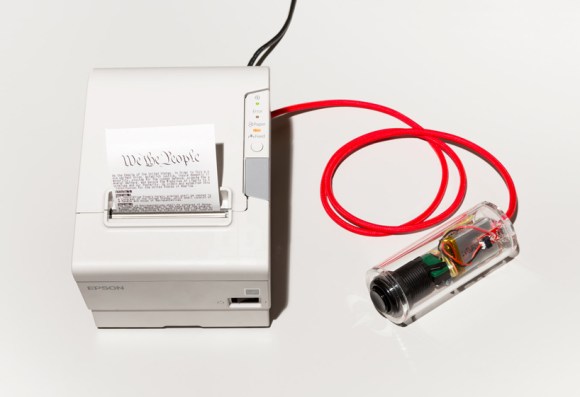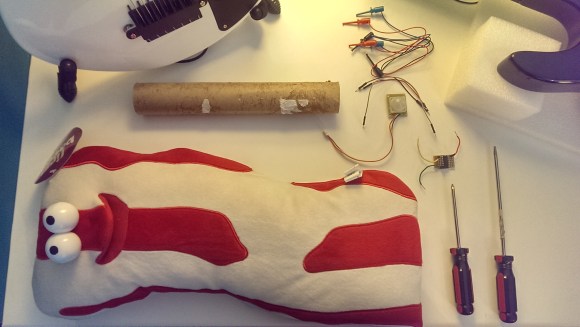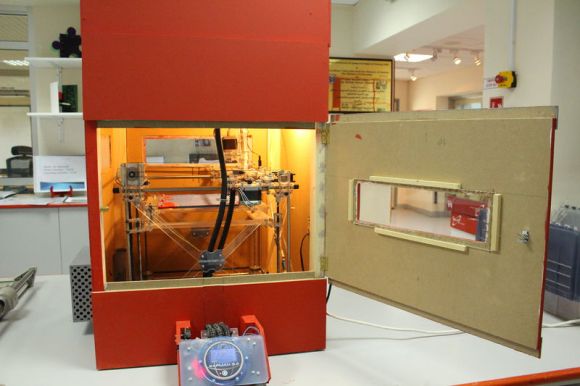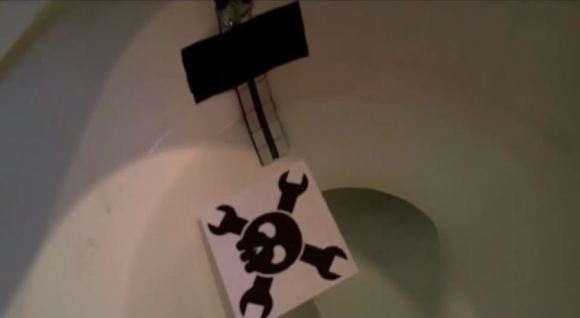
Well, unless you know exactly what you’re referencing it’s going to take you a lot longer, but this clever serial receipt printer hack will let you print the whole darn thing in just 6 seconds!
Commissioned by [Jeff Goldenson] for his LABRARY.bike (quite literally a pop-up library on a bike), it was actually shown off at SXSW Interactive — did anyone see it in person? The artist-hacker who created it is [Thibault Brevet], the guy who brought us the DRM chair that only works 8 times before it falls to pieces.
Anyway, this cool and rather suspicious looking tube with a serial cord hanging out contains an Arduino, a max232 chip and a small Li-Po battery. The Arduino communicates with the printer through the max232 chip by converting the TTL signal to RS-232. It has a single button on top, which when it is connected to the printer will send out the US Constitution over the serial interface via ESC/p language.
Did we mention how fast it is?
Continue reading “Need To Reference The US Constitution Fast? How’s 6 Seconds Sound?”
















